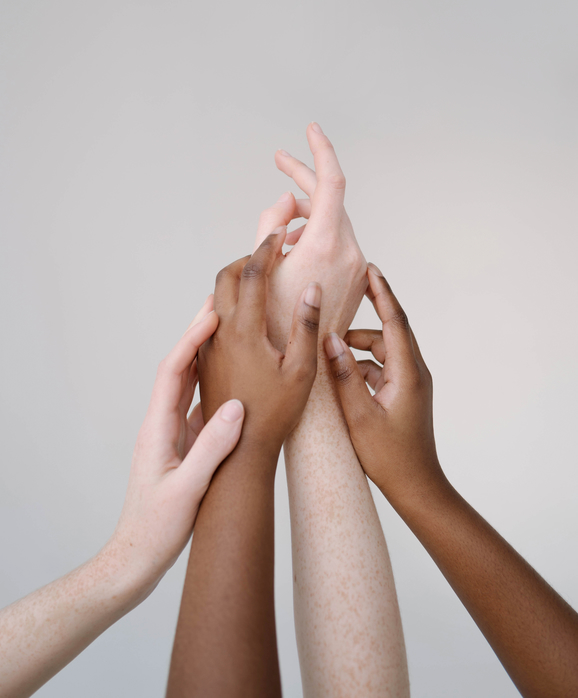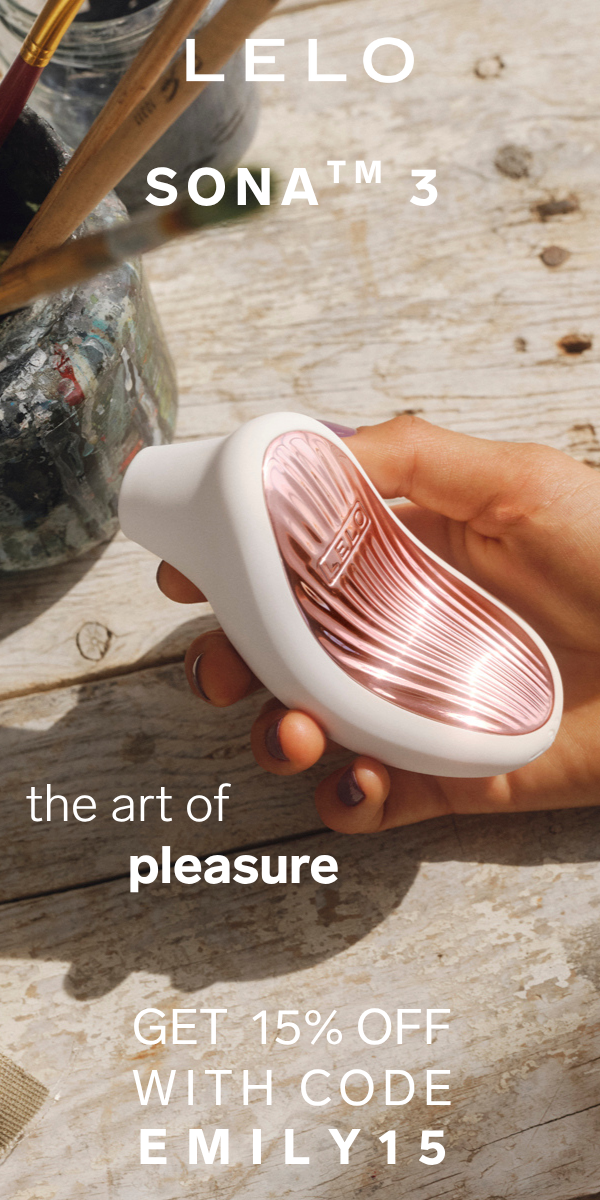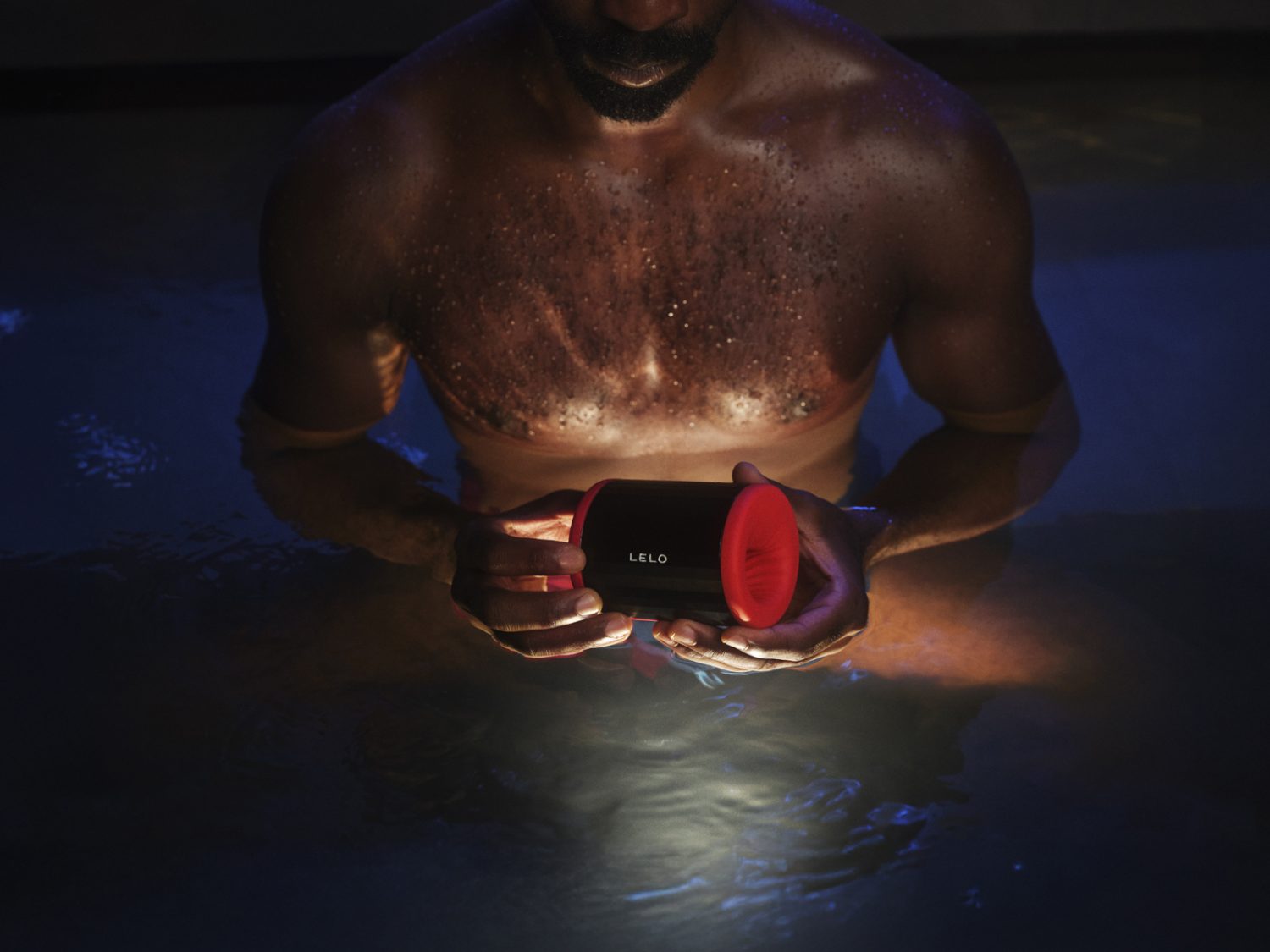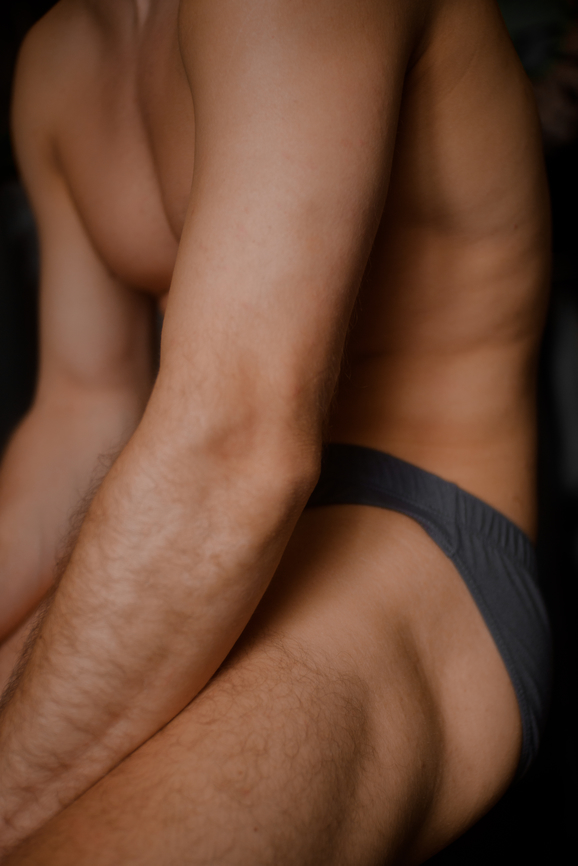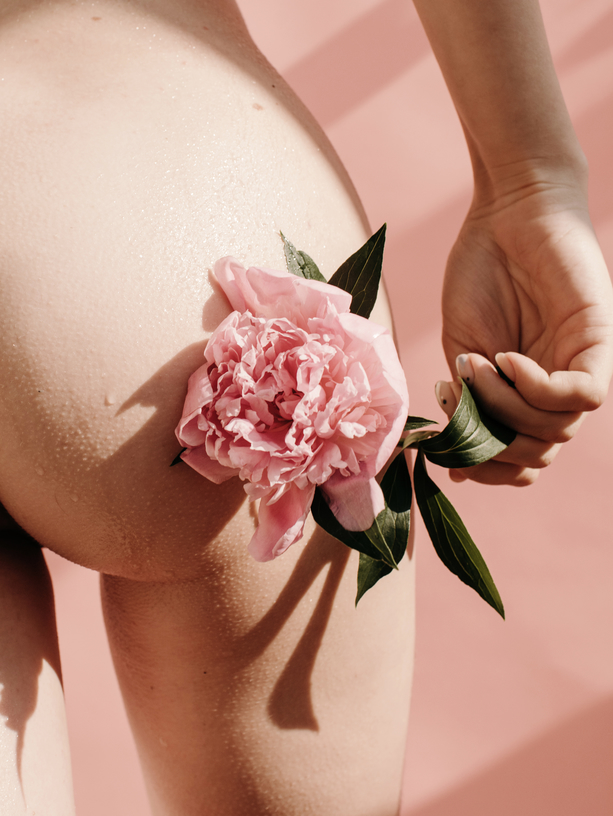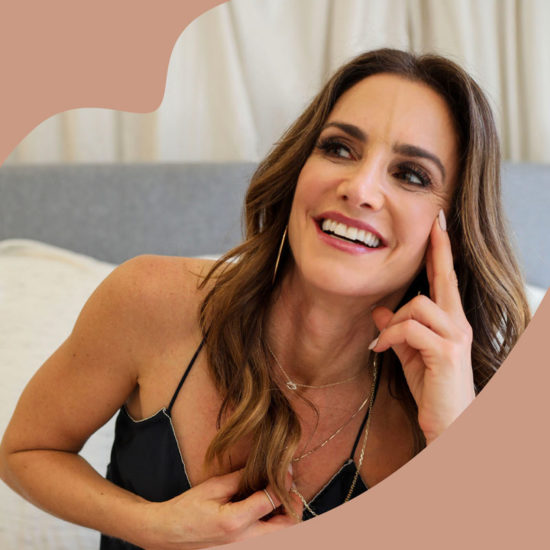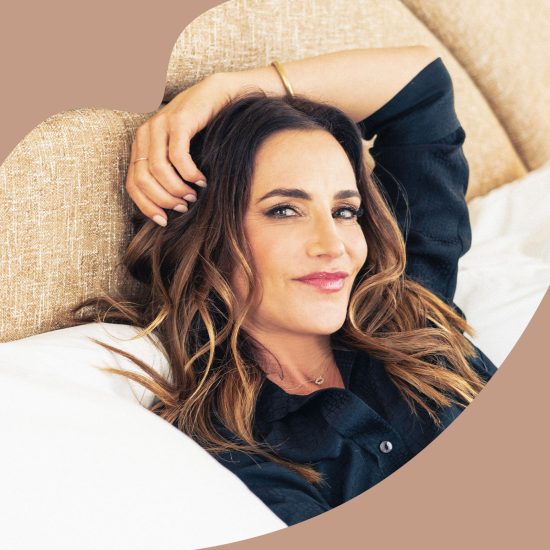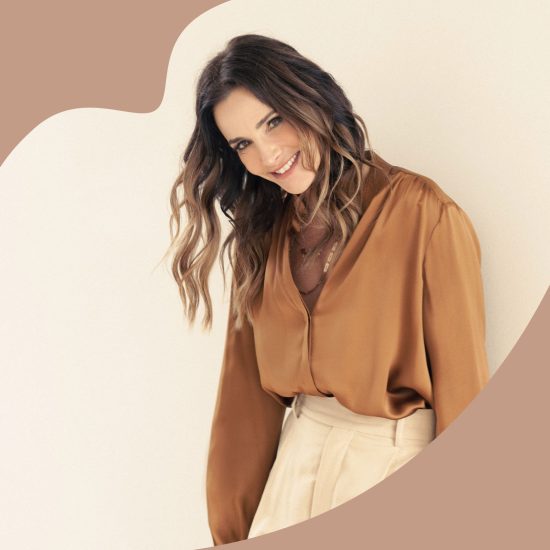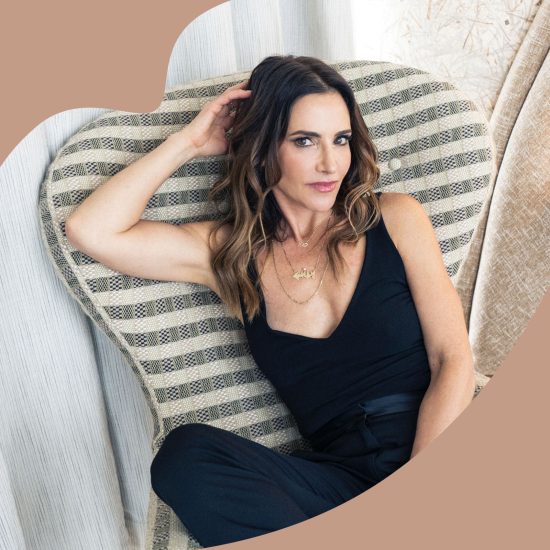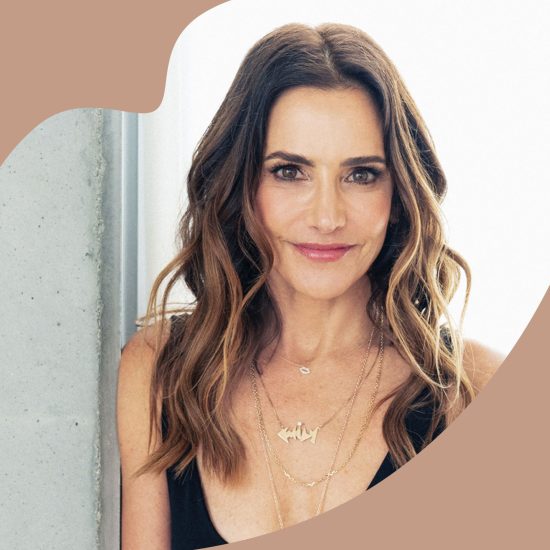Dear Dr. Emily,
I’m a cis woman dating a lovely, hot cishet man. We’ve been together for a couple of years now, and it’s a wonderful relationship: great sex, shared interests, I love his friends and family. The only issue is this…
I told him I was bi, just a few months ago!
To be more specific: I’ve actually known this side of my sexuality for a while now. As a teen, I’d develop crushes on other girls; I remember going to France once, and seeing a shower gel ad with a topless woman that gave me tingles. But I didn’t know a way to low-key “come out” as bi back then, and have never dated (or even hooked up with) a woman. I dated men because it was easier: I present as straight, and straight-passing privilege has more or less kept me moving in straight spaces. But those strong feelings never went away, and I’m ready for this to change on an image/identify level AND a desire level. I just picked the worst timing! Any tips on how to explore this side of myself, while in a committed, straight relationship?
Thanks Dr. Emily,
Lisa
* * *
Dear Lisa,
First of all, congratulations! Anytime someone gets clarity on their sexuality, and is brave enough to say it out loud, earns a win in my book. What a beautiful step for you, to have the self-knowledge and the vocabulary to articulate who you are.
So let’s get into your question, Lisa. I’m hearing two different needs going on here: on the one hand, you feel called to make your external identity reflect your truth. And on the other hand, you want to do some sexual exploring. Both valid needs, both overlapping needs; two different sets of advice I’m going to give you.
One of the cool things about being a human right now is that we’re in a moment of increased sexual fluidity. Americans are identifying as LGBTQ more than ever, and we’re applying more spectrum-thinking to sexuality in general. Rather than hard binaries (I am straight / I am gay / etc.), we’re starting to see more possibilities in our internal landscapes of desire. One in six Gen Z’ers identifies as something other than absolutely straight, and as old taboos fall away, the culture becomes safer for folks like yourself to voice truths they’ve known for a long time.
Now, all of that being said, the fact remains: you’re a bi girl in a heteronormative world. How do you find your people? Your mentors, your role models, your potential sexual partners? Here are five ideas.
1. Find a community
My first piece of advice is to pursue community, full stop. I hear you acknowledging your straight-passing privilege, and how it exerts an almost gravity-like effect, keeping you in a straight cultural lane. I get a lot of questions from bi or pan individuals (mostly vulva owners) who are hesitant to step into queer spaces, because they’re worried they don’t “look the part.” But, guess what?
You belong!
Say it with me, in front of a mirror: you belong.
You get to seek out the folks who have walked this path, you get to ask them questions, you get to fumble and wonder and do your homework. Queer spaces exist because of folks exactly like you, who were brave enough to share this part of themselves, then go find like-minded souls who were curious too.
So how do you find them?
“Find others who are in a similar situation,” says Becky Bullard of Democrasexy. “This can be difficult to do IRL so I did it by following folks on social media. Eventually I worked up the courage to publicly come out which meant now other bi-pan people in hetero-appearing relationships find ME, which is convenient.”
You could also volunteer, by lending a hand to your local queer-friendly spaces. Answering the phones at queer help hotlines, advocating for local legislation, being a mentor for queer youth. What parts of this world are you passionate about, Lisa? Could you seek community around those passions? I think you’re going to feel more secure in the image/identity part, once you develop the community piece.
2. Watch / read bi-affirming pop culture
Another way to get down with your bisexual self is to look for role models in the realm of story. Bi-visibility is much more prevalent in TV these days: Sex Education, the new Gossip Girl, Brooklyn Nine-Nine to name a few. We also have memoirs and novels that forefront the bi-pan experience: Greedy: Notes from a Bisexual Who Wants Too Much by Jen Winston, Conversations With Friends by Sally Rooney. Add a few of these to your nightstand / watch list, to see yourself in these characters’ journeys.
3. Include queer porn in your watch-list
Alright now – let’s get a little sexy.
Lisa, are you currently watching any ethical queer porn? This is something you can do to nourish the parts of your sexuality that might, for the moment, be unexplored IRL. You indicated in your letter that you were ready for a change on a desire level, and while actual sex outside your relationship might be off the table (more on that in a moment), this is a relatively safe way to explore. And, who knows? Maybe your partner will want to join you in the viewing.
4. Talk to your partner about possibilities
You mentioned, Lisa, that you told your partner you were bi. I’m curious, how did they receive the news? Have there been any follow-up conversations since?
Because if they’re open to you acting on these desires, there’s a variety of ways you could go with this. You could attend an inclusive sex party or kink event together, and see how that feels. I know couples who visit strip clubs on date night, and get couples’ lap dances. Would your partner be open to a threesome?
If you’re ready to explore bisexuality in a more independent way, you could also look into things like Skirt Club, a play party at private venues, designed almost precisely for this purpose. (Bi and bi-curious women meeting, and sometimes having sex with, fellow women.) Have the two of you talked about your relationship model, and consensual non-monogamy? Because it sounds like now is the time to do it! Just know that if you two aren’t ready to take that step yet, there are still tons of ways to move in this space that don’t involve actual sex. Non-monogamy isn’t for everyone, and that’s OK. Just by having a conversation, you’re both getting more specific about your sexual needs, and how you’d like to meet them.
5. Embrace visibility
Finally, I want to leave you with one more thing, Lisa. Encouragement to show off who you are, in an effort to live life authentically.
Sometimes, little tweaks in our self-presentation can make all the difference. An updated social media bio here, a bisexual flag pin there. When we give pieces of our identity to the world, we get recognition back. And per your letter, I think that’s what you’re after here – the sexual pleasure part for sure, but also the image part.
I hope these tips help, Lisa! You’ve made an important step in your sexual journey, simply by reaching out for answers. Enjoy the exploration!

